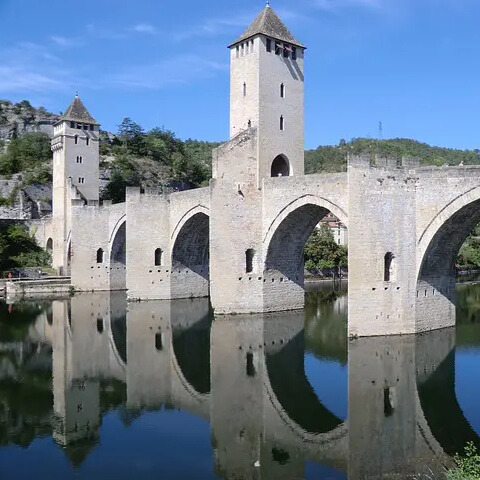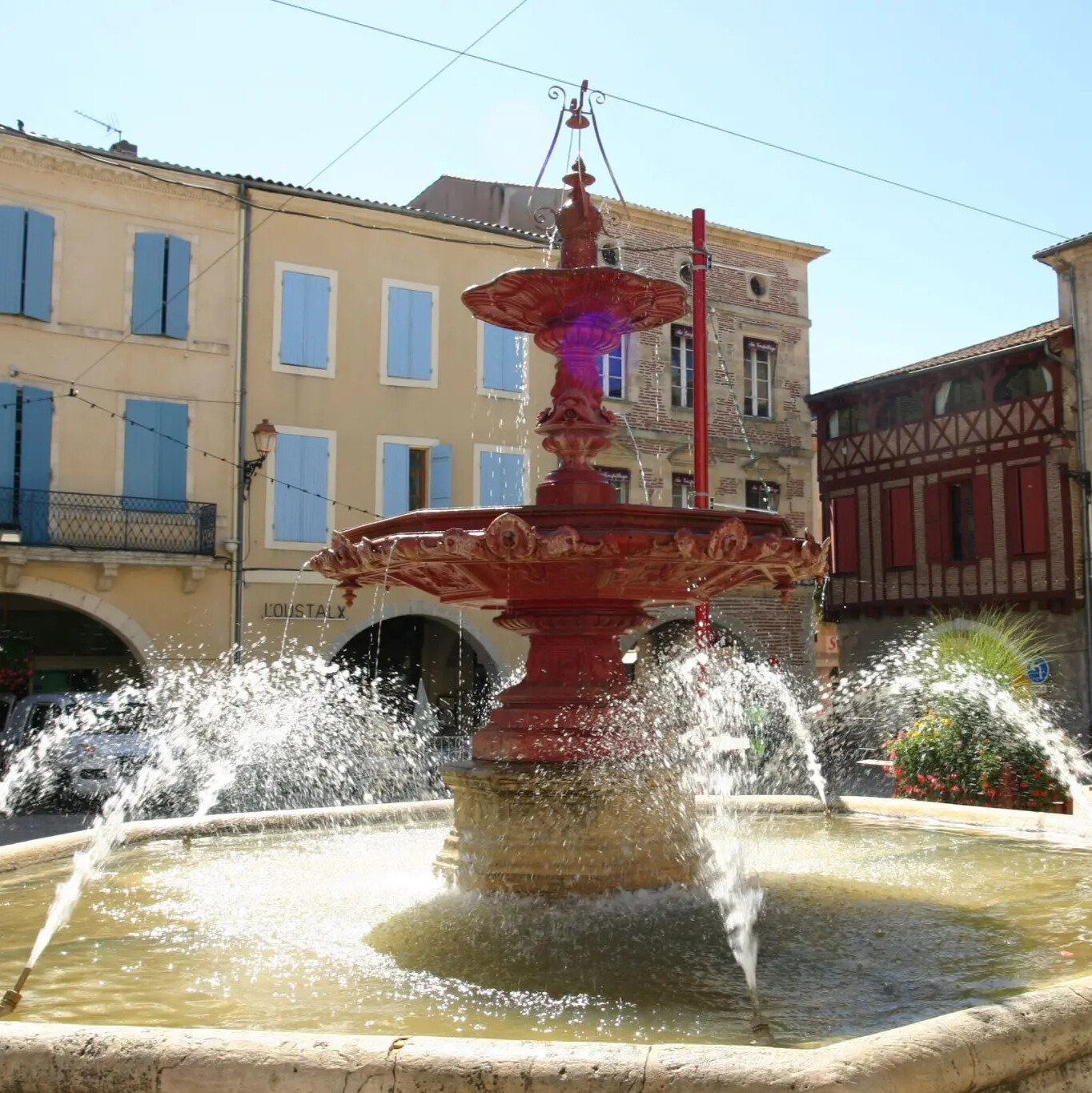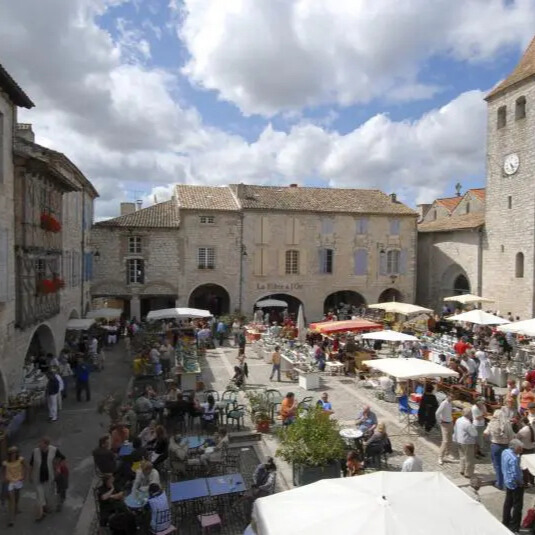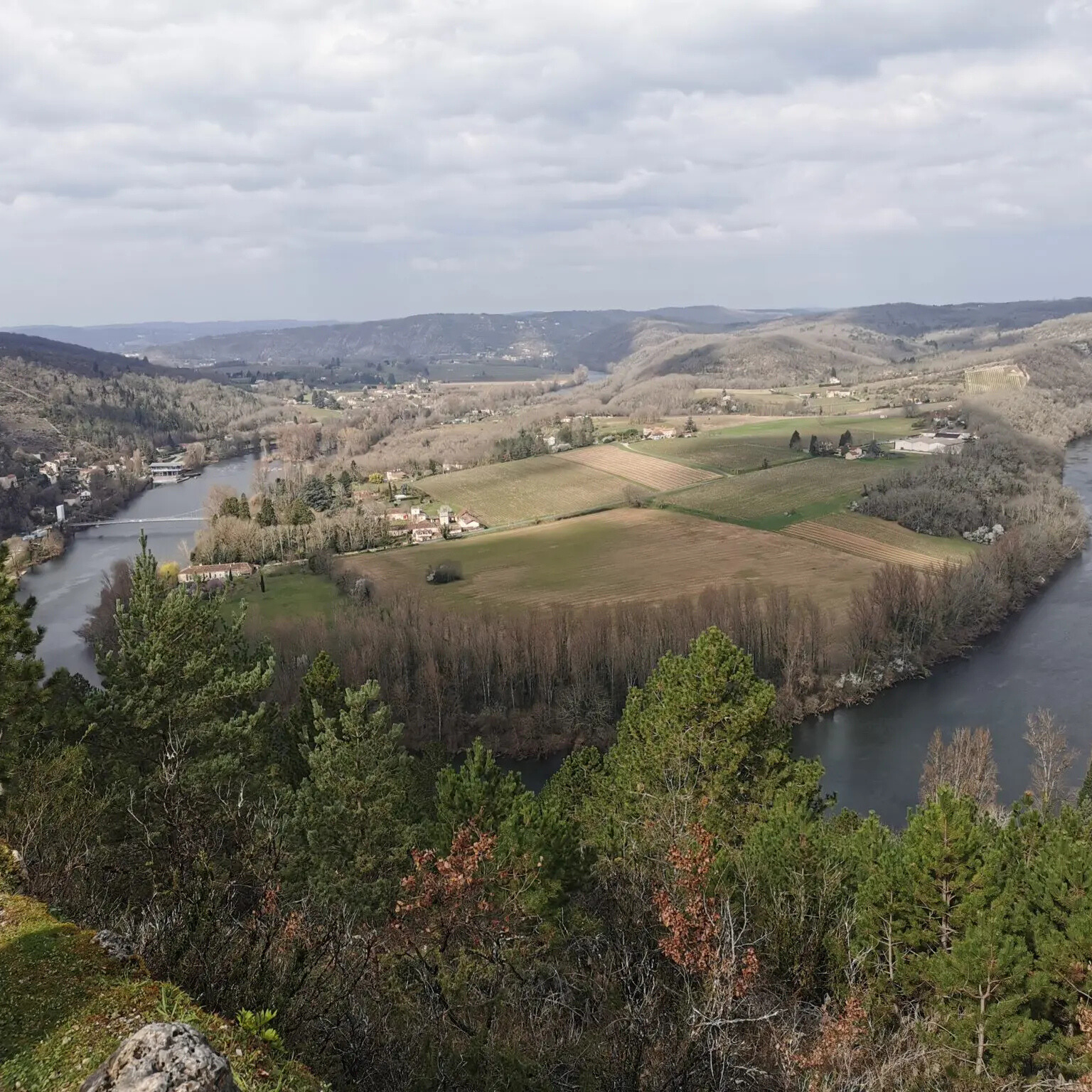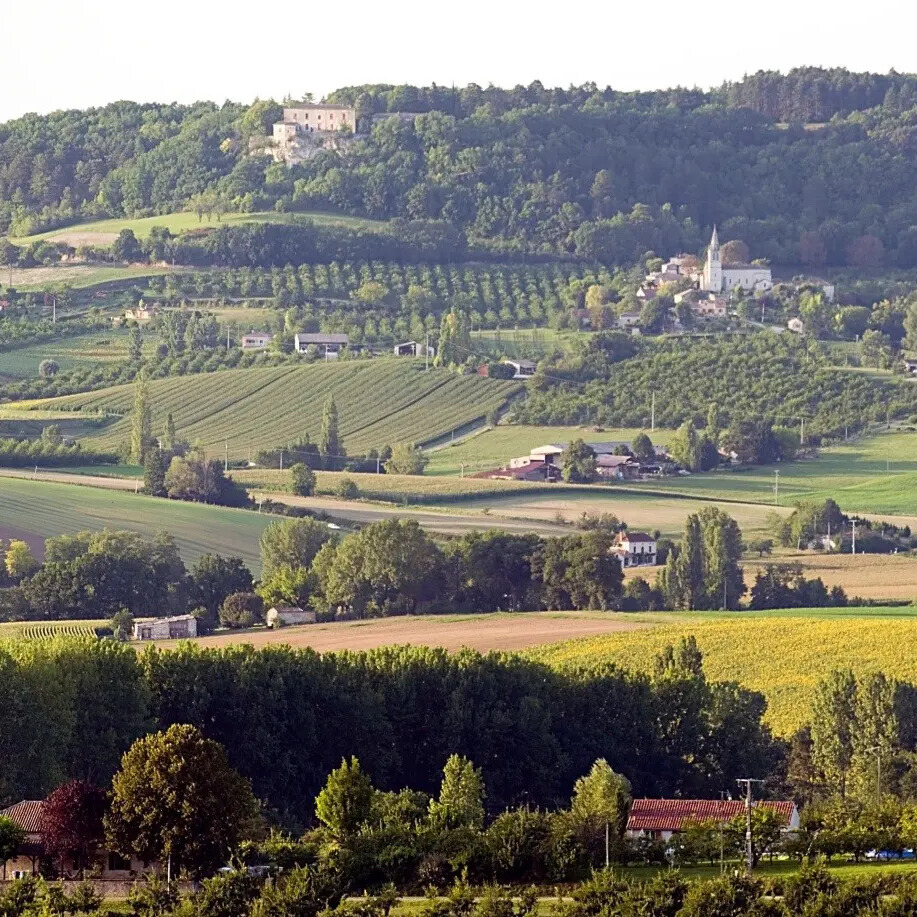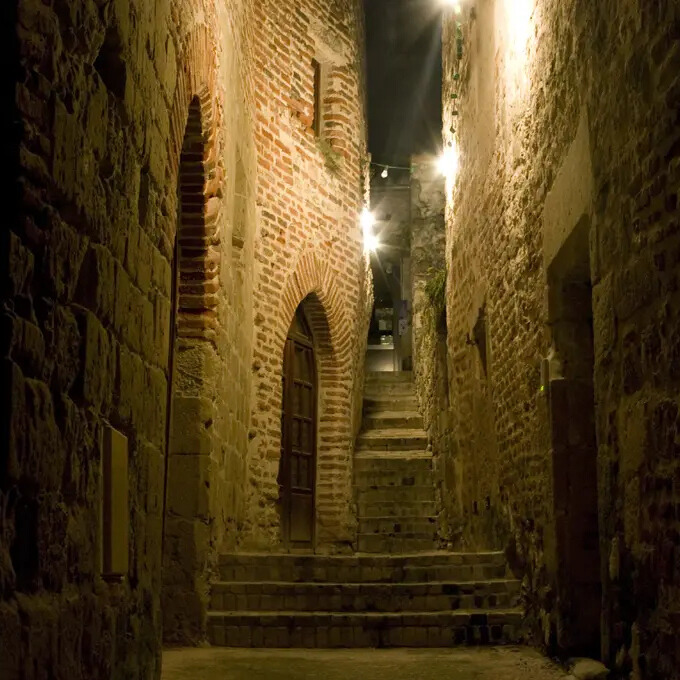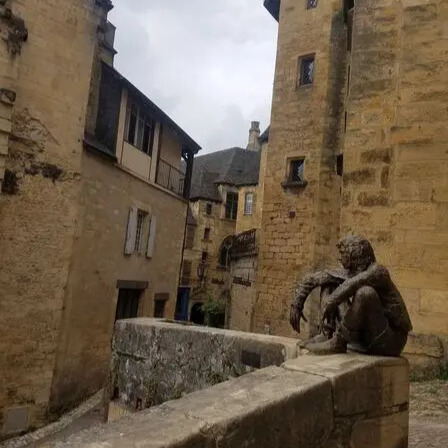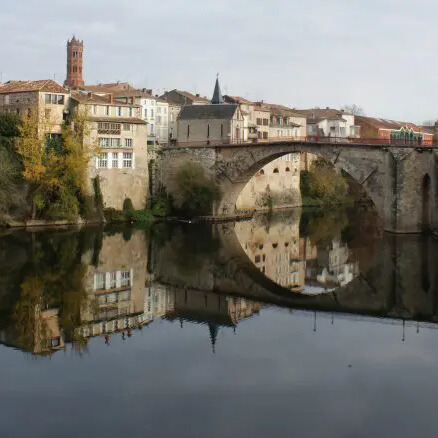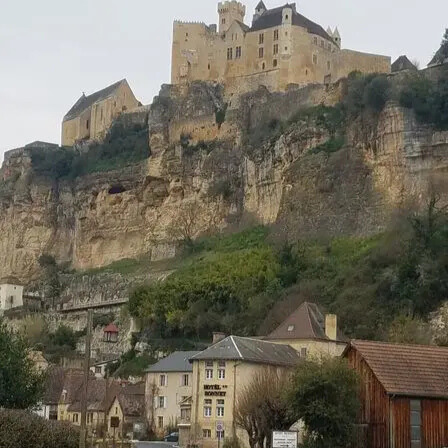Les Manoques
Region
Région
Region
Region
Some places to visit.
Located in the heart of the South-West, Villeneuve - Vallée du Lot is the ideal destination for those seeking authenticity and a relaxed lifestyle.
Some places to visit.
Some places to visit.
Located in the heart of the South-West, Villeneuve-Sur-Lot. Vallée du Lot is the ideal destination for those seeking authenticity and a relaxed lifestyle.
Some places to visit.
Cahors is a town located on the flower of the Lot in Occitanie, in the south of France. It is known for its intense red wine, its well-kept municipal gardens and the Pont Valentré, a medieval bridge with 3 towers.
Cahors is a town located on the flower of the Lot in Occitanie, in the south of France. It is known for its intense red wine, its well-kept municipal gardens and the Pont Valentré, a medieval bridge with 3 towers.
Cahors is a town located on the flower of the Lot in Occitanie, in the south of France. It is known for its intense red wine, its well-kept municipal gardens and the Pont Valentré, a medieval bridge with 3 towers.
Cahors is a town located on the flower of the Lot in Occitanie, in the south of France. It is known for its intense red wine, its well-kept municipal gardens and the Pont Valentré, a medieval bridge with 3 towers.
Villeneuve-Sur-Lot (Lot-et-Garonne)
Villeneuve-Sur-Lot (Lot-et-Garonne)
Villeneuve-Sur-Lot (Lot-et-Garonne)
Perched above the valleys and hills of Quercy Blanc, this country house created in the 12th century by the Count of Toulouse is located on the "via Podiensis", one of the paths leading to Santiago de Compostela.
Perched above the valleys and hills of Quercy Blanc, this country house created in the 12th century by the Count of Toulouse is located on the "via Podiensis", one of the paths leading to Santiago de Compostela.
Perched above the valleys and hills of Quercy Blanc, this country house created in the 12th century by the Count of Toulouse is located on the "via Podiensis", one of the paths leading to Santiago de Compostela.
Perched above the valleys and hills of Quercy Blanc, this country house created in the 12th century by the Count of Toulouse is located on the "via Podiensis", one of the paths leading to Santiago de Compostela.

